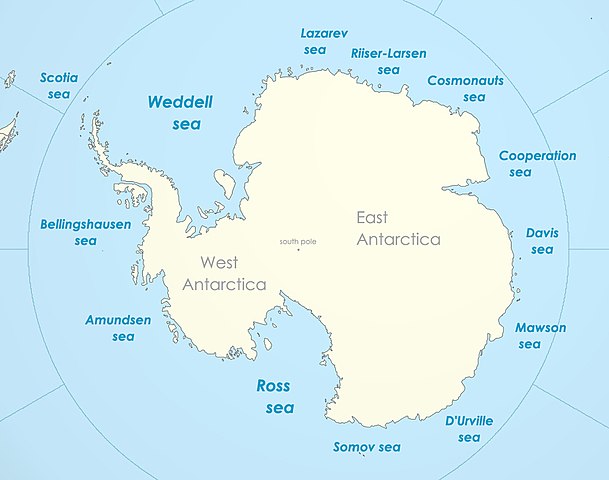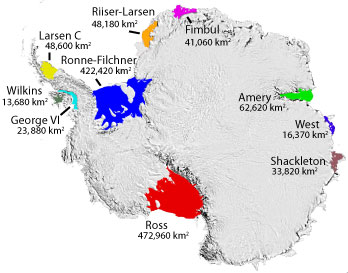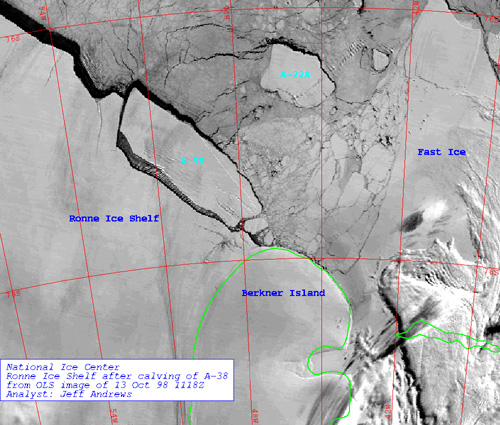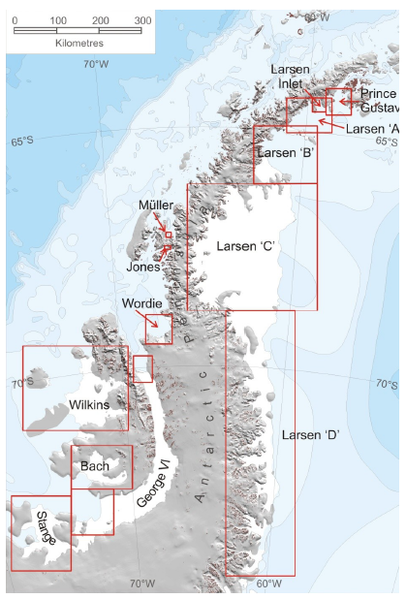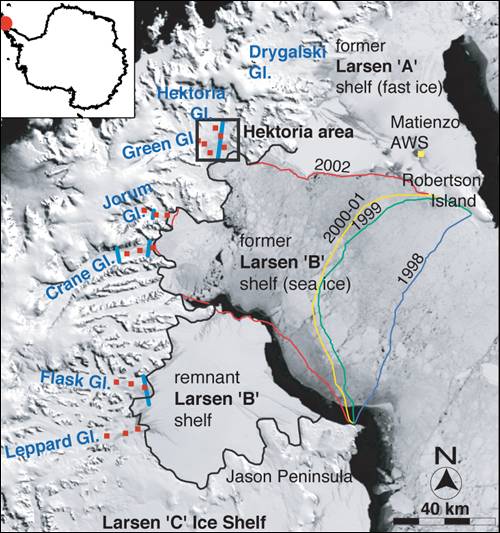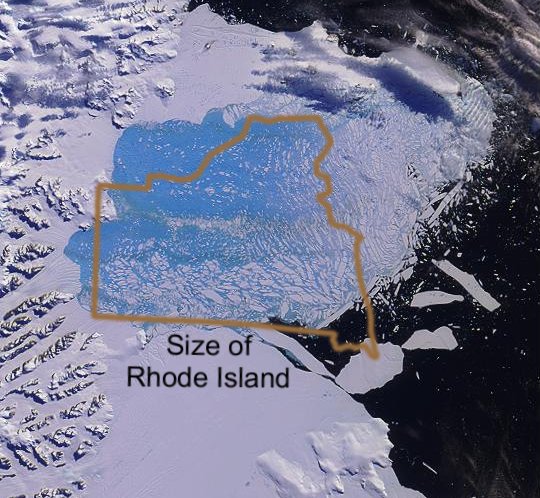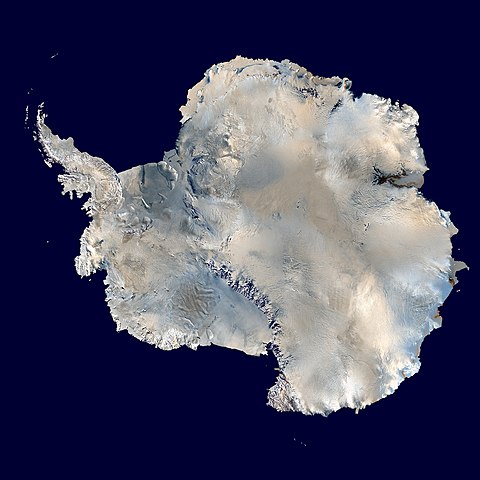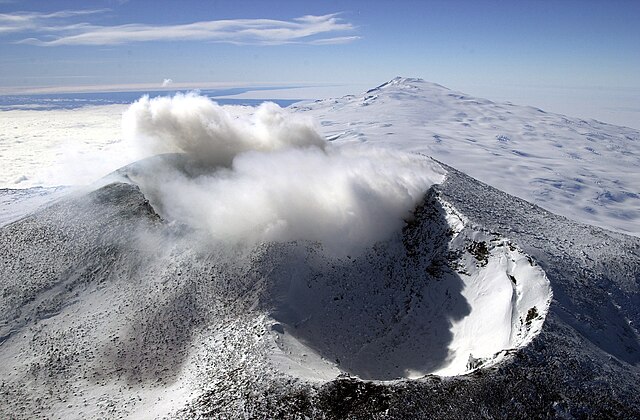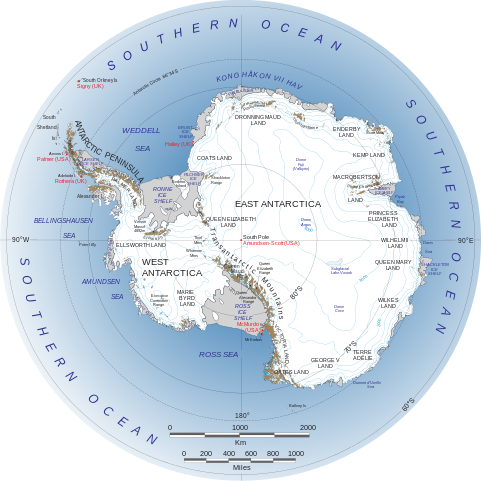We just learned about the Antarctic Territories.
The first human to ever try to make it to the South Pole in Antarctica was Adrien de Gerlache.
In 1897 AD, a sailor from the country of Belgium named Adrien de Gerlache got 18 people together to try and make it to the south pole.
One of the sailors on the ship was Roald Amundsen from Norway, and another was Frederick Cook from America.
Their ship called the Belgica got down to the west side of the Antarctic Peninsula, and then the water turned to ice and their ship got stuck.
They were stuck there for a whole year, trying to survive in the cold by hunting penguins and seals.
From May through July, they had to live in total darkness because of the long winter!
A few people died and some others went insane, but people got really sad when their cat Nansen died, and they buried him in Antarctica.
In March of 1899 they finally got loose from the ice and sailed back home.
They didn't make it to the south pole, but they could tell everyone what it was like to live for a year in Antarctica.
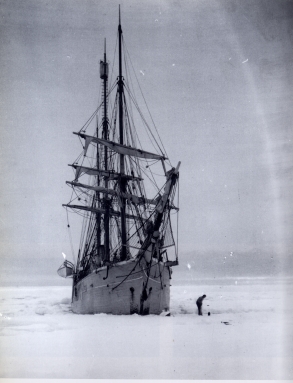

(from: wikipedia - adrien de gerlache)
Kid Facts - Blast from the past: Cairo Citadel




